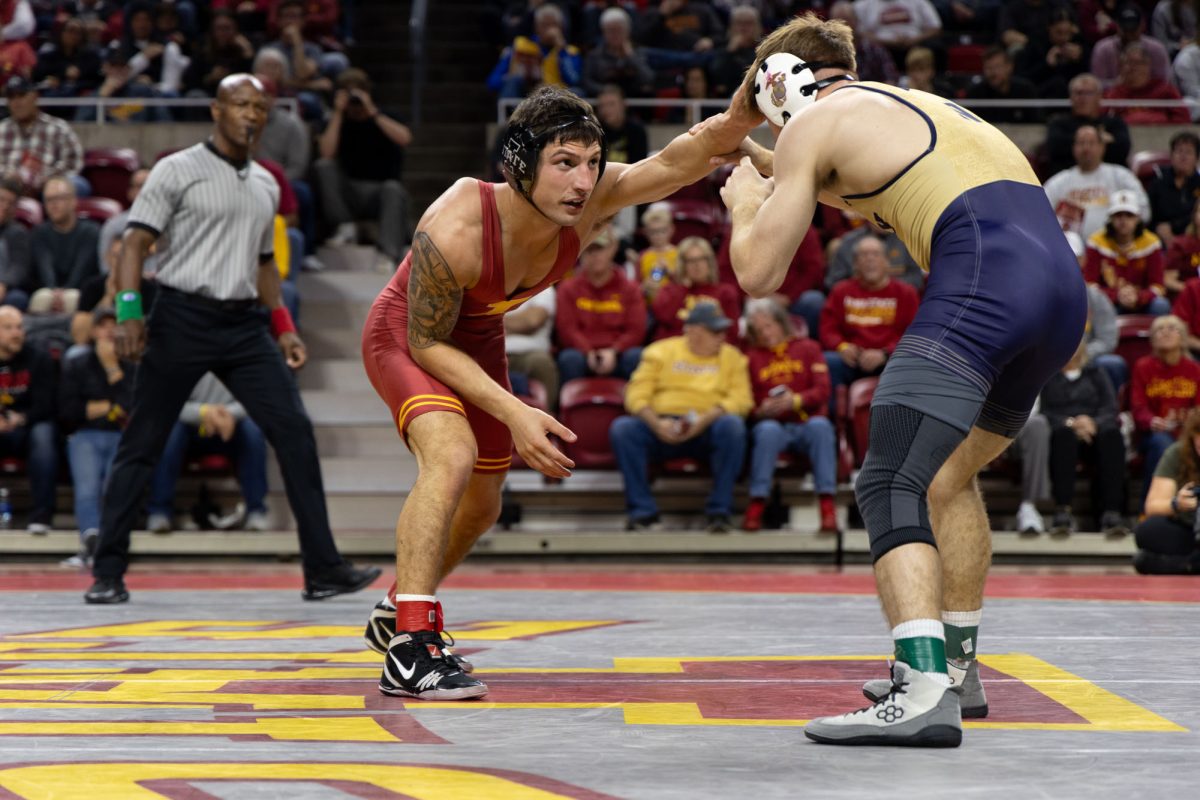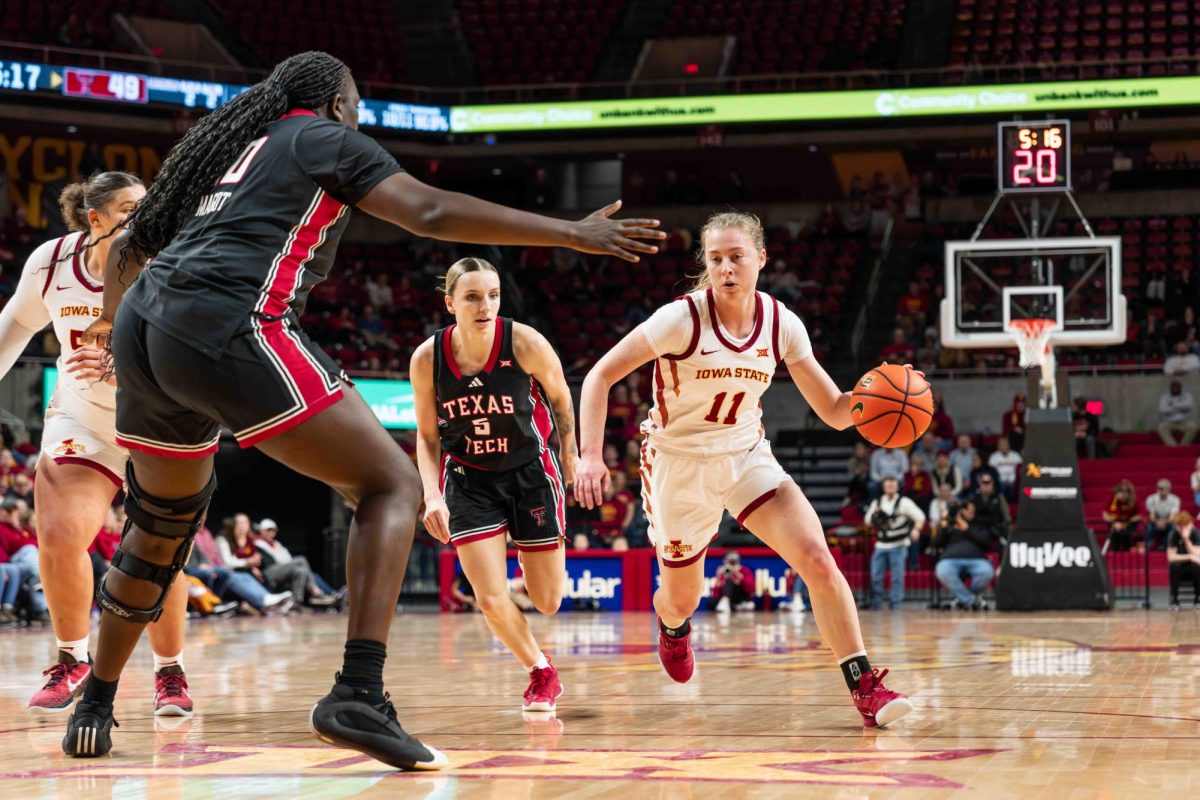‘No pain, no gain’ isn’t true
February 25, 2004
In high school sports, coaches tell players, “No pain, no gain.” Athletes run until they are physically exhausted and then continue to the brink of exhaustion.
According to a recent study conducted by an ISU professor, that is the wrong way to get long-term, positive results. Panteleimon Ekkekakis, assistant professor of health and human performance, said he believes pain is the greatest indicator of when to slow down while exercising.
Ekkekakis said exercising at a higher intensity reduces the chances a person will adhere to an exercise program for a long period of time.
“Basic human psychology tells us that people are unlikely to continue doing something that is consistently unpleasant or uncomfortable,” Ekkekakis said. “People will go to the gym after New Year’s resolutions, but if exercise hurts the first few times, after a while, they will opt to stay home and watch TV.”
Two indicators can be used to gauge physical output, heart rate and exertion, he said. Yet, it can become inconvenient for people to monitor their heart rates because they must a monitor on hand, and heart rate can be influenced by medication, Ekkekakis said. Exertion also poses problems because it is a perceived judgment that differs among individuals, he said.
Nate McCarty, junior in political science, said he doesn’t think monitoring heart rate is indicative of how hard he is working his body.
“To me, pain has always been the best indicator of when to quit what I’m doing,” McCarty said. “I never go with my heart rate.”
Ekkekakis said because of those limitations, the best way for a person to determine when energy is gone is to determine whether it is unpleasurable. He said when exercising, people need to recognize when they’ve hit their physical peak.
Ekkekakis said it’s important to notice when this peak has been reached and to stop before it’s crossed to avoid overexertion.
“Specifically, we believed that, if one exceeds the level of [physical peak], that’s precisely the point where they will start feeling gradually worse,” he said.
This is what was found in the two samples of college students Ekkekakis and a group of researchers tested.
“So, as astonishingly simple as it sounds, perhaps the most appropriate level of exercise intensity for health-oriented exercise is the intensity that does not feel unpleasant,” Ekkekakis said.
Stephanie Eichler, personal training coordinator for recreation services, said she believes displeasure has always played a part in personal training.
“I believe that too many people subscribe to the whole ‘no pain, no gain’ mindset, and its definitely wrong,” Eichler said. “There’s a big difference between challenging yourself and being sore in the morning … We like to push our clients, but not to the point of physical pain. There’s a difference between the pain one feels with a broken arm, and slight discomfort felt during heavy exercise.”
McCarty said he believes knowing your limitations is key to improving yourself physically.
“If I’m physically hurting, I usually stop running and get rested again. The only pain I’ll run through is occasional cramps,” he said. “I can’t believe that people would put themselves through so much physical stress without stopping.”






